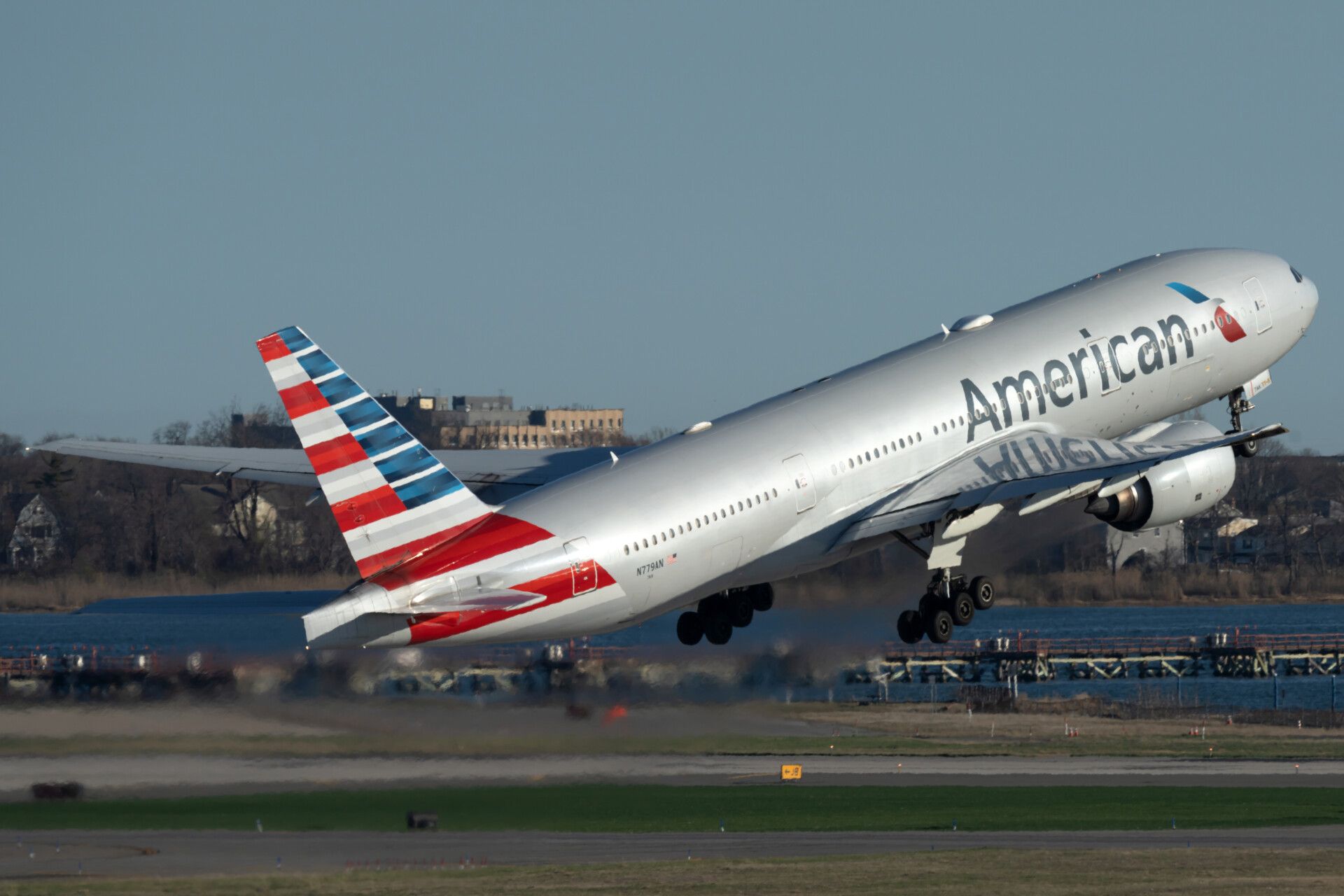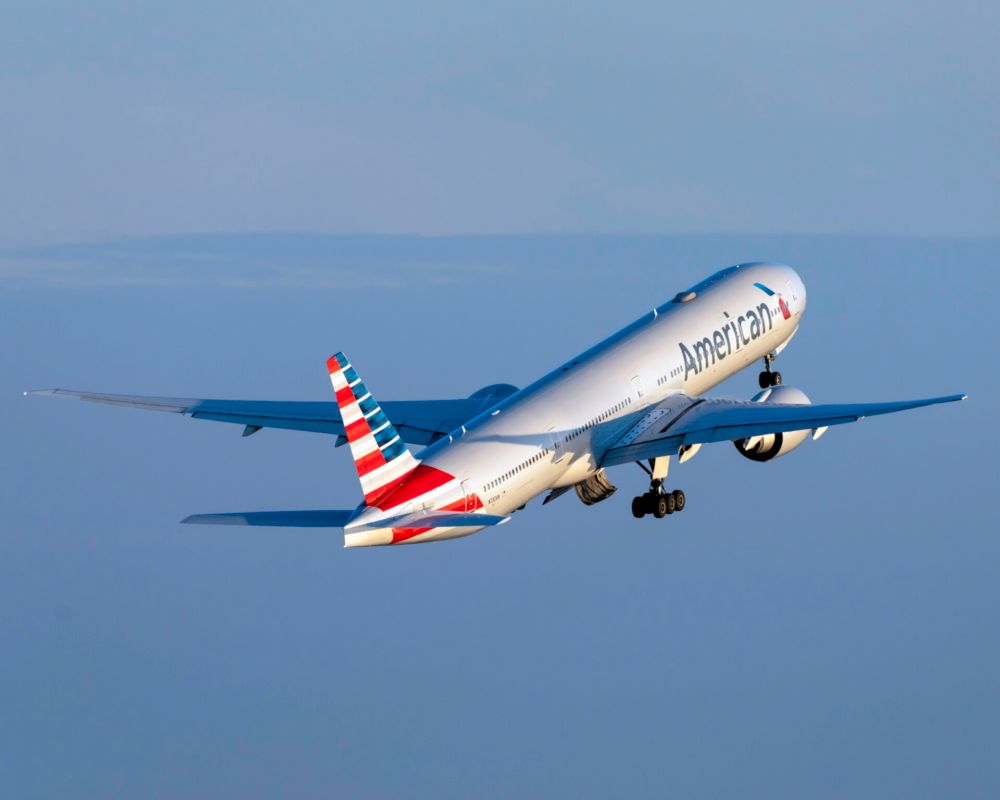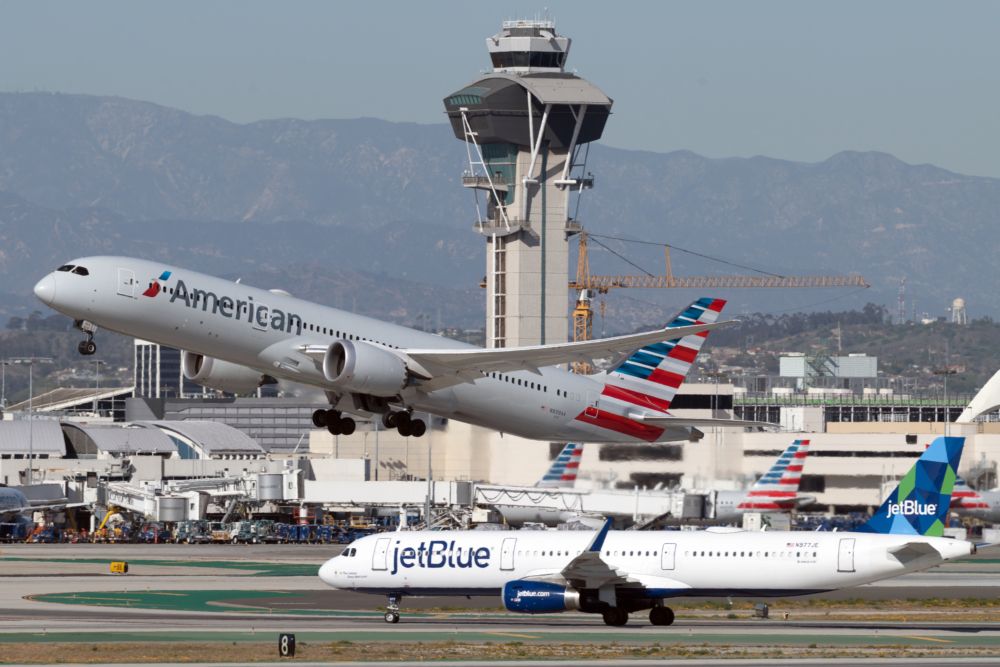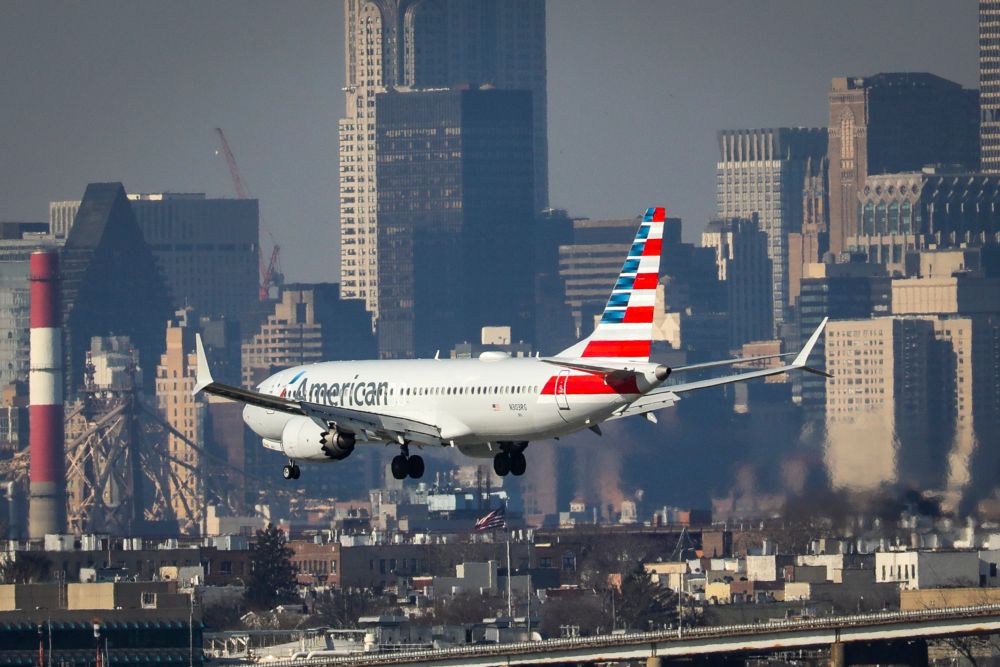Over the last few months, American Airlines and JetBlue have been rolling out a comprehensive partnership called the Northeast Alliance. The two airlines have been adding new routes by leveraging their strengths in New York and Boston. In an exclusive webinar interview with Simple Flying, Chief Revenue Officer Vasu Raja explained why this partnership was necessary for American's growth in New York.
Vasu Raja on the need for the Northeast Alliance
Speaking with Simple Flying, Mr. Raja stated the following when asked why American could not build a hub presence in New York on its own:
"[It is] for the simple reason that we don't have the slots to do it. So, figure American Airlines in a peak time has something in an order of magnitude of 100 slots in JFK. That's not enough to really go and create an an international operation out of. Furthermore, those 100 slots are spaced throughout the day. It's not like there's a big chunk from two in the afternoon to seven at night where we have a ton of slots and can go fly everything, and make the airport go to sleep in the other times. So, we were never big enough there."
A similar story plays out at LaGuardia, according to Mr. Raja. In a place like New York, American has to cater to two different sectors. It needs to offer short- and medium-haul flights to get customers to places like Nashville, Kansas City, Austin, and Atlanta. It also needs to offer a robust international network to places like Tel Aviv, Athens, New Delhi, and London.
Trying to become the number one choice
Given the limited availability of slots, American can only service so many destinations with so many frequencies to facilitate connections. In short, the airline was constrained by an imposed slot infrastructure. This impacted customers, as Mr. Raja explained:
"Customers used to love us in New York because they love the transcon product on JFK-LA. But, if we couldn't get them to Seattle or San Diego or Sacramento or Atlanta or any place like that, then they're going to fly somebody who could. No matter how much they love the the transcon product, they would end up always going with the other guy. So, at best we were always somebody's number two. We were never a number one carrier for any single customer who is there, unless that that customer only flew to Heathrow, DFW, and Los Angeles."
The JetBlue-American partnership is not all about connections like other airline partnerships are. The New York City metro area is the most populated metropolitan area in the United States. While American will need some of that connecting traffic, this partnership also allows it to be a better option for New Yorkers. Both airlines have also been launching new routes to create better schedules for an expanded array of products.
So, if a customer who lives in Manhattan, or Brooklyn, or Queens wants to devote their loyalty to one airline or alliance, they would typically have two options in the past: United or Delta. These two airlines offered the largest long-haul and short-haul options from New York, though United's New York City base is in New Jersey's Newark Liberty International Airport.
JetBlue offered an incredible short- and medium-haul network out of JFK. Meanwhile, American Airlines has the capability to service the long-haul international sectors. By leveraging the JetBlue partnership and building reciprocal frequent flyer benefits, that customer can fly JetBlue on vacation to the Dominican Republic while flying American on business to São Paulo or Tel Aviv, all while earning miles and qualifying for elite status on one airline.
Creating a viable third competitor
The United States Department of Justice (DOJ) has filed a lawsuit against the Northeast Alliance, claiming it is a further act of industry consolidation and is anticompetitive. American and JetBlue are fighting back against this allegation by highlighting the consumer-friendly improvements they have made in the marketplace.
Without the JetBlue partnership, American would go back to having no viable short- or medium-haul network to serve the needs of customers in New York, while JetBlue would be deficient in the long-haul space. Both airlines separately would ultimately lag behind United and Delta, which have benefited from their position in New York.




